
Islamitisch Centrum
Amersfoort, NL
Mosque
Here you can search for a building to visit. You can use the map find destinations, or you can use the filters to search for a building based upon what different criteria.

Amersfoort, NL
Mosque

Arnhem, NL
Stichting Islamic Centrum Arnhem Zuid was founded in 2001 and is therefore the first mosque and the first Islamic centre in the Malburgen. After a long search for a suitable accommodation, the Foundation has been located in the former Oudeschool building at Flutekruidstraat 2 since 1995.
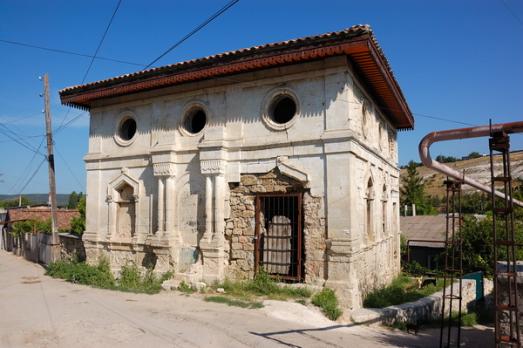
Bakhchysarai, UA
Ismi Khan Jami Mosque is a ruined mosque, probably built in the 16th and 18th centuries with donations from Ismikhan, the niece of one of the Crimean Khans. In the 1930s, the mosque was closed to worshippers, after which the building was turned into a warehouse until it fell into ruin.
Deventer, NL
The new Turkish mosque has been completed and partly put into use. The first pile was driven in the spring of 2001 and that was it for a while because the necessary funds were not available. Only the dome of the prayer room on the first floor still needs to be finished. The relocation of the old mosque Achter de Muren Zandpoort took place last summer. The opening ceremony took place on October 4, 2003. In the dome hangs a four-hundred-kilo palace crown with 72 lights in crystal icicles. (47-02/50-03/51-04)
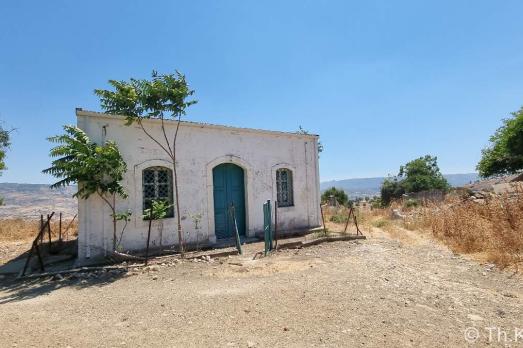
Istinco, CY
According to T. Bağişkan there were two mosques in the village. The old one was in a ruinous state in 1934 and was replaced by a new mosque on an adjacent plot. The keystone of this mosque, which was built by a Greek Cypriot tender, was laid in 1935.
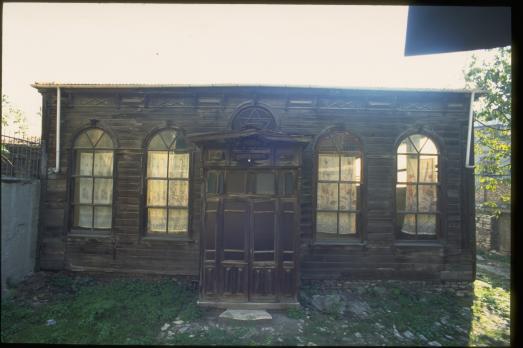
Balat/ Istanbul, TR
The Istipol Synagogue in Istanbul is a Sephardi synagogue built between 1898 and 1909. This wooden synagogue is now abandoned.
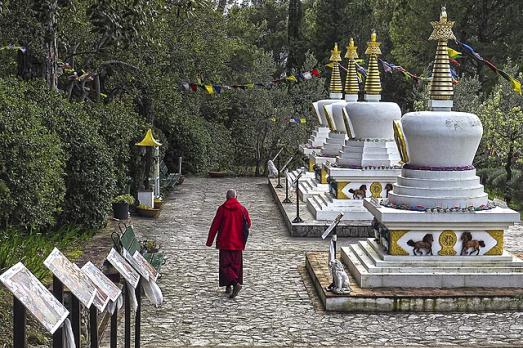
Pomaia, IT
Founded in 1977, Lama Tzong Khapa Institute is one of the largest Tibetan Buddhist centers in Europe. The centre includes a temple, as well as teaching facilities where Buddhist studies and practice are offered.
Balk, NL
Reformed Church. Hall building from 1728 with 4-sided choir closure; the west facade forms a street wall with a gable; under the curls anno 1728.
Oudega, NL
The reformed church, built in 1910, was already renovated in 1980. In February 2005, a number of volunteers started a new renovation. The church was expanded with three meeting rooms, new toilets, a kitchen, a bar and an extra storage room. The stage in the church was also enlarged. On 27 April 2006, the church was put back into use. The church was also given a name: It Ljochtbeaken. This church is listed as a Municipal Monument of the Netherlands.
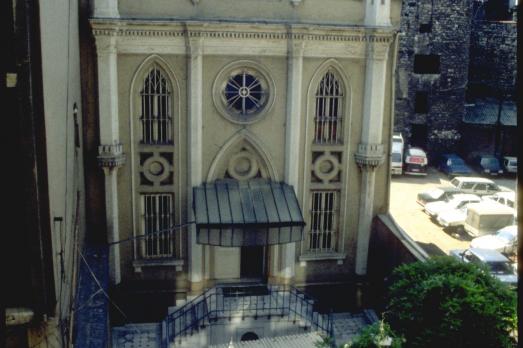
Istanbul, TR
The Italian Synagogue (Kal de los Frankos) in Istanbul was completed in 1885. It was rebuilt in 1980 and 1998. This brick building still serves as a synagogue.

new
The Chassidic Route is a cultural and historical trail tracing the rich legacy of Jewish communities in southeastern Poland and western Ukraine. This region was central to the rise of Chassidism in the 18th century. Here, we highlight 10 remarkable synagogues you’ll discover along this route.

he cradle of the Industrial Revolution in Germany, Chemnitz, is well-known for its industrial heritage landscape, but the city is also home to remarkable examples of religious architecture from different historical periods. Join us as we explore the key landmarks of this European Capital of Culture 2025.

The twin towns of Nova Gorica (Slovenia) and Gorizia (Italy), lying on the border between the two countries, have a rich religious heritage, steeped in centuries of tradition. If you are looking for ideas for your visit, take note of these 10 religious sites that you should not miss.